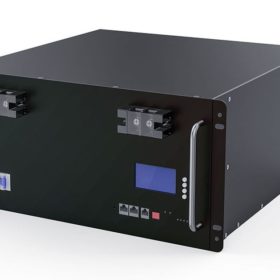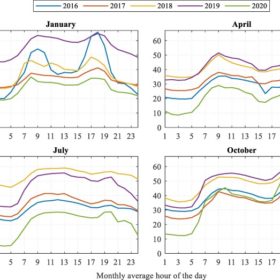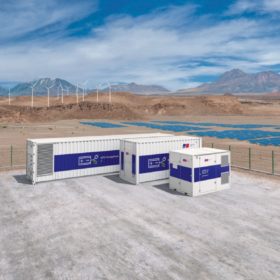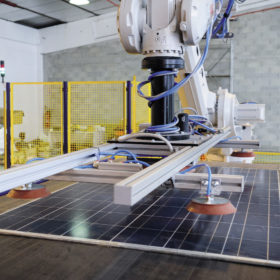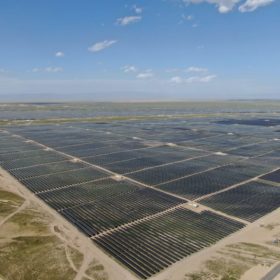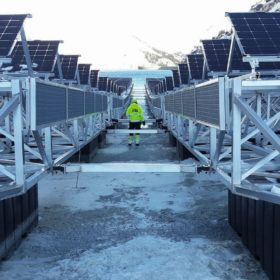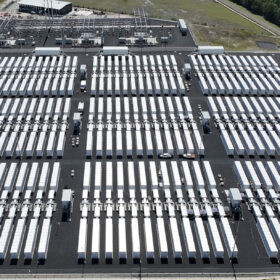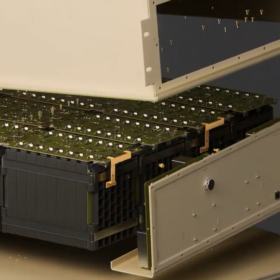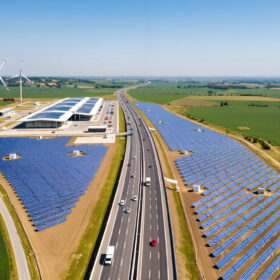Indian manufacturer unveils battery with solar storage
India’s Natural Battery Technologies has developed lithium-based battery inverters that can be charged with solar power. The batteries are designed for residential and commercial use, with storage capacities typically ranging from 1.5 kWh to 20 kWh.
Longi unwraps reasons behind green hydrogen shift
In recent years, Longi has turned its attention to green hydrogen. Li Zhenguo, company founder and CEO, speaks with Vincent Shaw in Shanghai about the strategic shift and how coupling this technology with solar PV will be key to achieving carbon neutrality.
ACAP lands $45 million to kick renewable energy transformation into gear
The Australian Centre for Advanced Photovoltaics will receive up to $45 million in federal funding over the next eight years as it seeks to develop the next generation of efficient and ultra low-cost solar technologies.
Debunking myths about PV system orientation, dimensioning
New research from Lappeenranta University of Technology shows that there is no single correct orientation for a PV installation.
Desert Knowledge solar centre adds large-scale battery
The Northern Territory’s Desert Knowledge Australia Solar Centre will soon play host to a large-scale battery energy storage system which is expected to facilitate the transformation of the multi-technology solar testing facility into a local microgrid.
Qantas partners with Airbus on sustainable fuels, Aviation H2 acquires hydrogen test engines
In aviation news, Qantas has announced a partnership with Airbus to invest up to $285 million to establish a sustainable aviation fuel industry in Australia. Meanwhile, startup Aviation H2 says it is in the process of acquiring test engines it will modify to run on hydrogen, which are due to arrive in the next five weeks.
Recycling process promises ‘better than new’ silicon wafers
Scientists in China have developed a new recycling process for PV modules that can recover intact silicon cells from end-of-life products, and process them back into wafers. As part of the recycling process, the wafers are purified and surface-treated, making them suitable for integration into new, high-efficiency cells and modules.
High-wattage solar modules increase risk of thermal runaway
Longi Solar outlines its high-temperature mitigation logic in designing the lower current, high-wattage Hi-MO5 solar panel series.
Weekend read: keeping FPV afloat
In many parts of the world, project developers and owners are increasingly looking to floating PV as the next long-term growth market in utility-scale solar. Gian Schelling, global business development manager for Hitachi Energy, says that PV-on-water can rise above the current challenges it faces by drawing on the lessons learned from offshore wind development.
Western Power reaches milestone in off-grid program
Western Australia’s regional utility Western Power has confirmed plans to install another 4,000 standalone power systems across the state in the next 10 years after reaching a milestone in the rollout of the renewable energy units.
